Report this entry
More from the same community-collection
Demolition of ASARCO smokestacks
This is the demolition of the smaller of the ASARCO smokestacks ...
Smelter Hospital - El Paso, Texas
The image shows the hospital at Smeltertown in El Paso in 1894. ...
Asarco Smelter Cemetery Gate - El Paso, Texas
This is the entrance to the ASARCO Smelter Cemetery, built on ...
Union Pacific Locomotive, Mt. Cristo Rey
UP Locomotive passes through a canyon near Mt. Cristo Rey at ...
El Paso Electric Railway Co. Smelter Line Viaduct 1912
El Paso Electric Railway travels from Smelter town in 1912.
American Canal - cleared right-of-way and debris
The American Canal. Photo shows cleared right-of-way and debris ...
American Dam - Gate tender's house under construction
American Dam -Gate tender's house under construction. View ...

















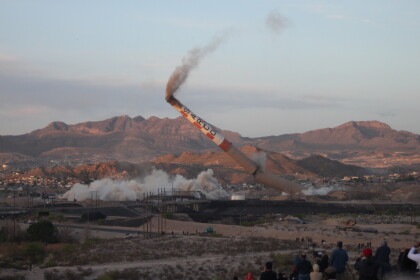
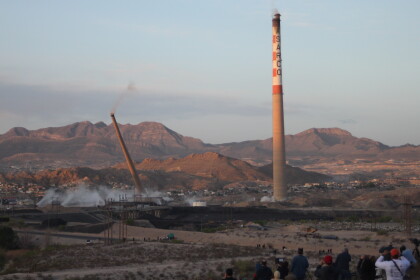
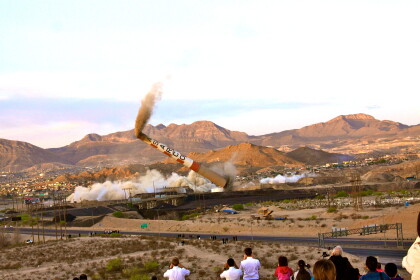
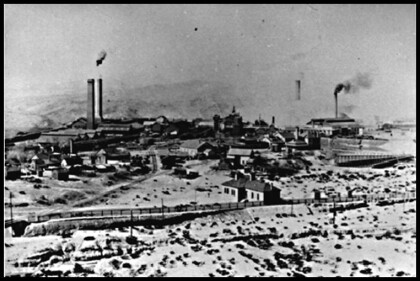
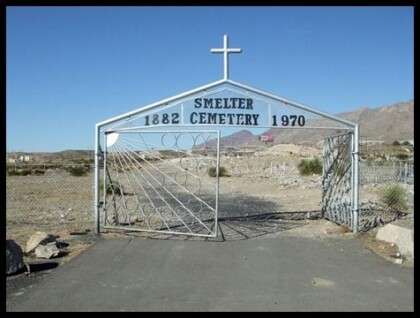
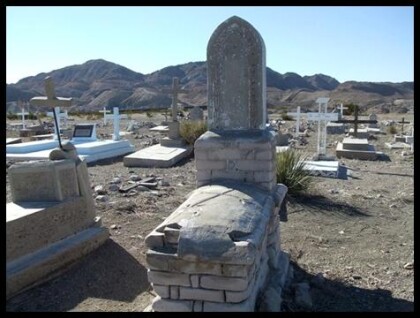

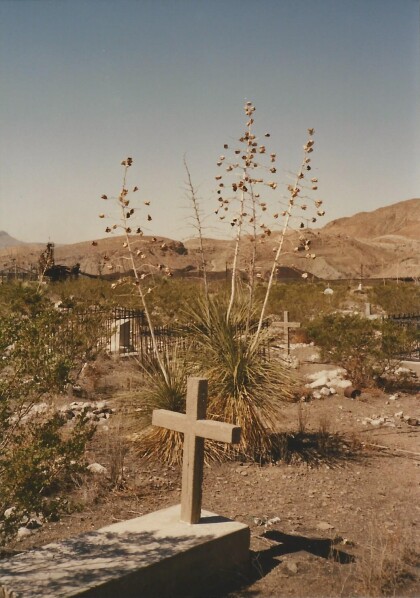
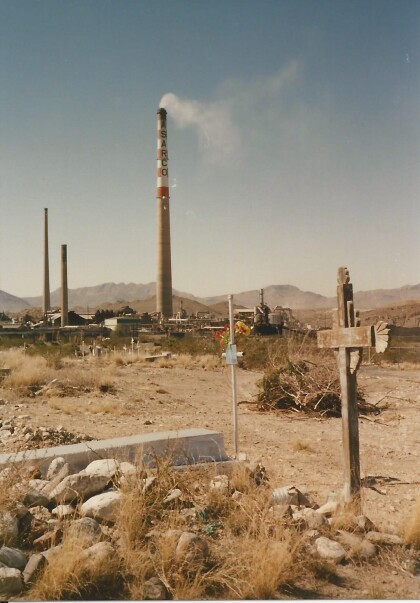
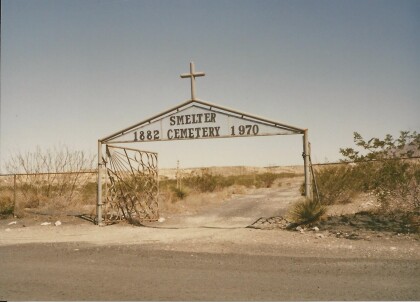
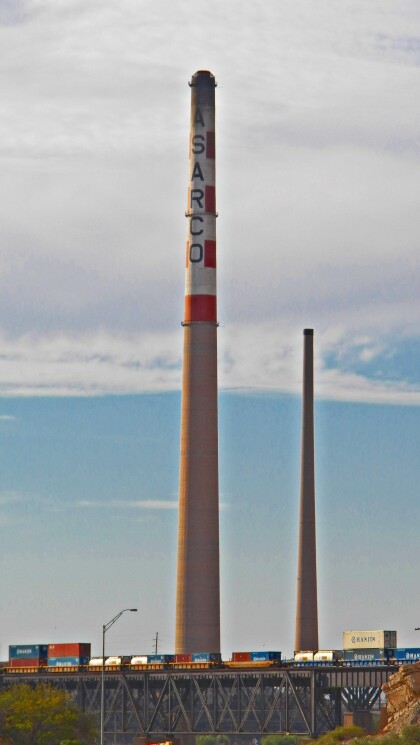
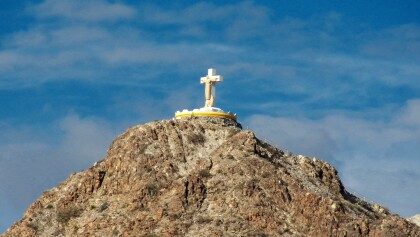
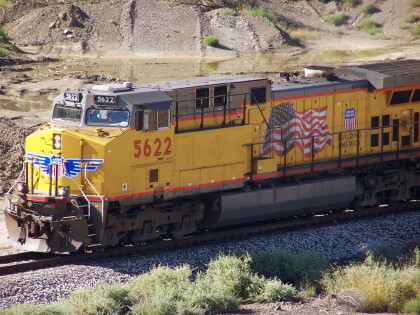
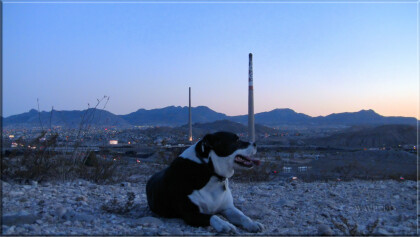
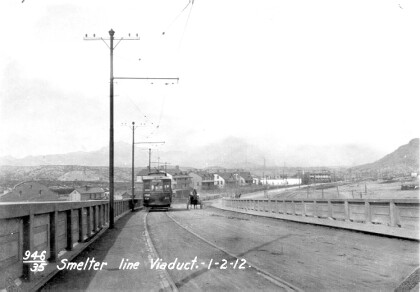
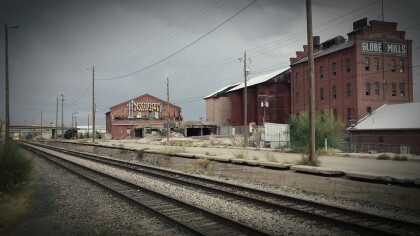
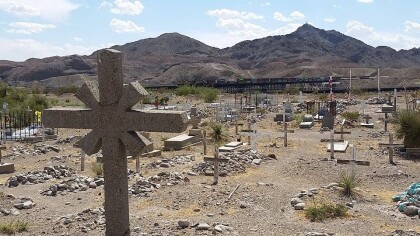
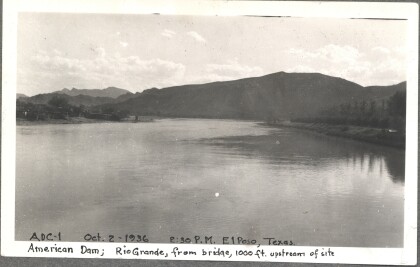
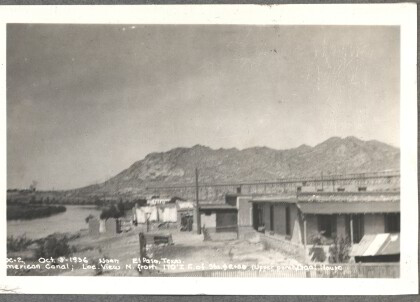
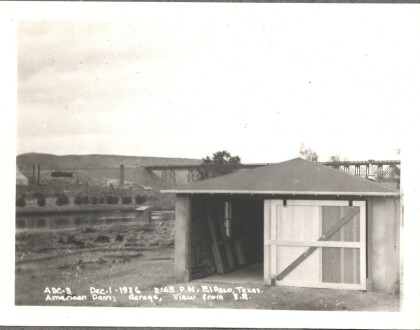
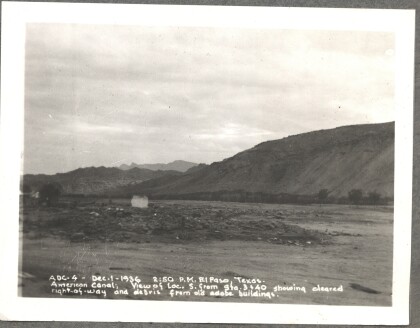
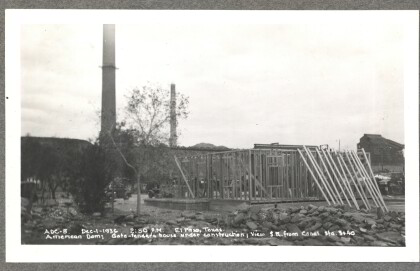
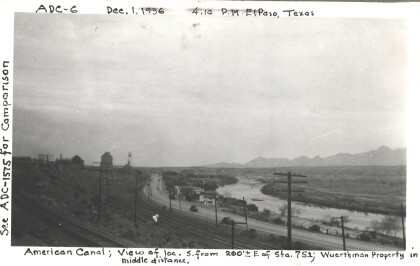
Comments
Add a comment